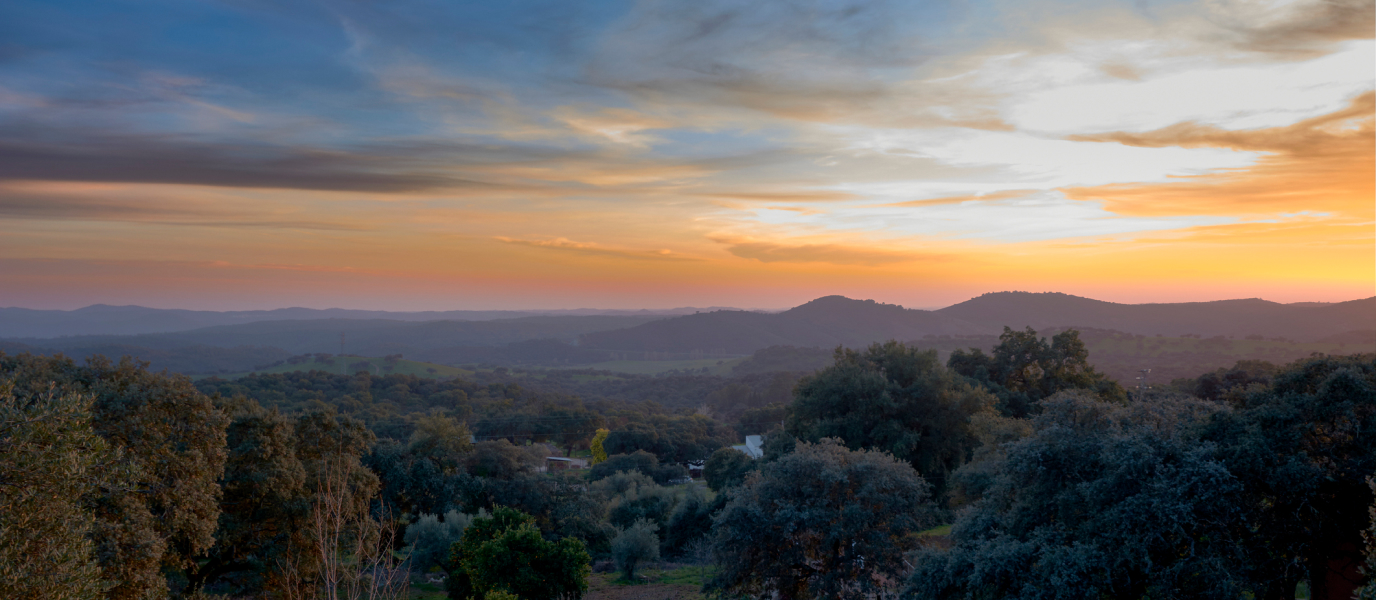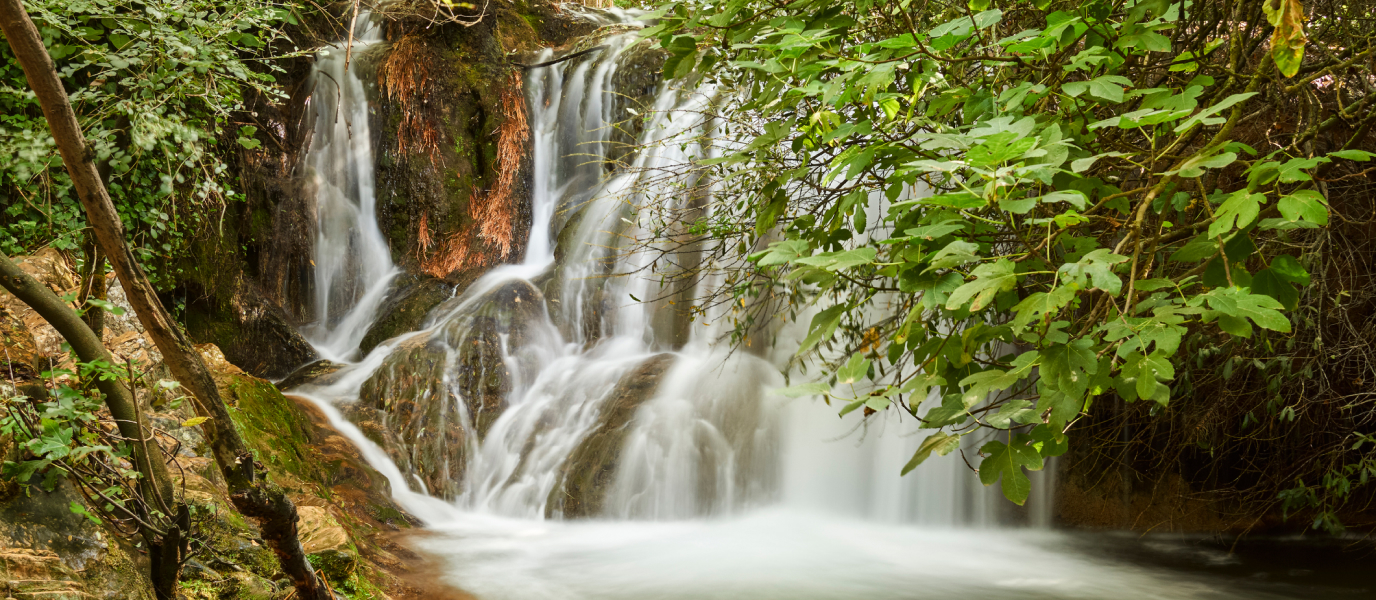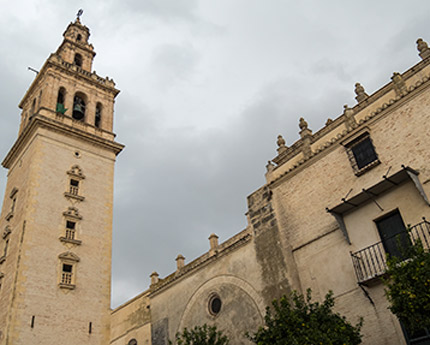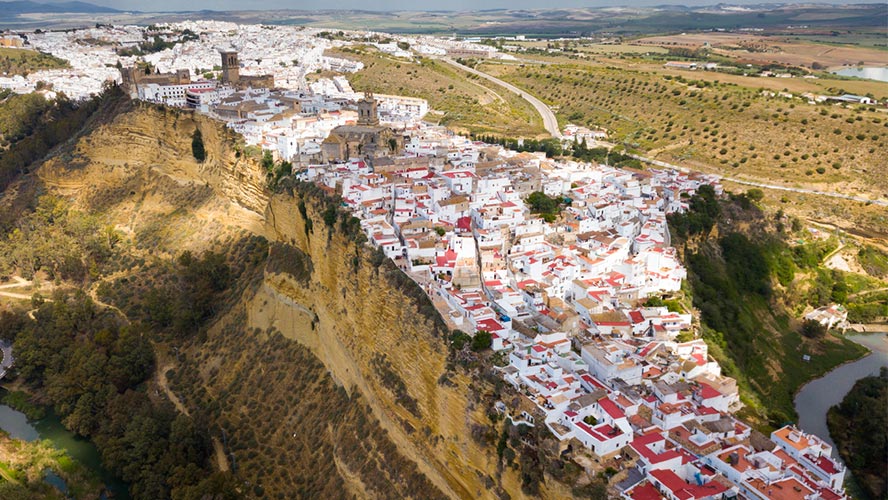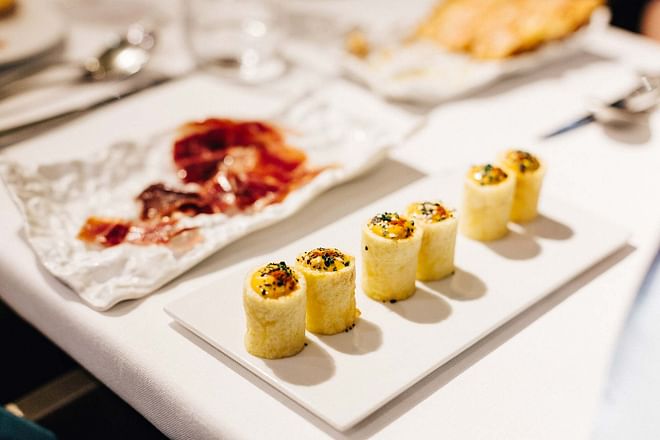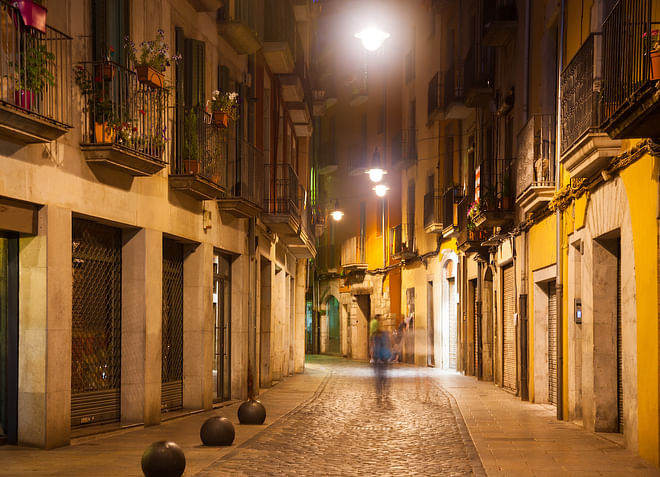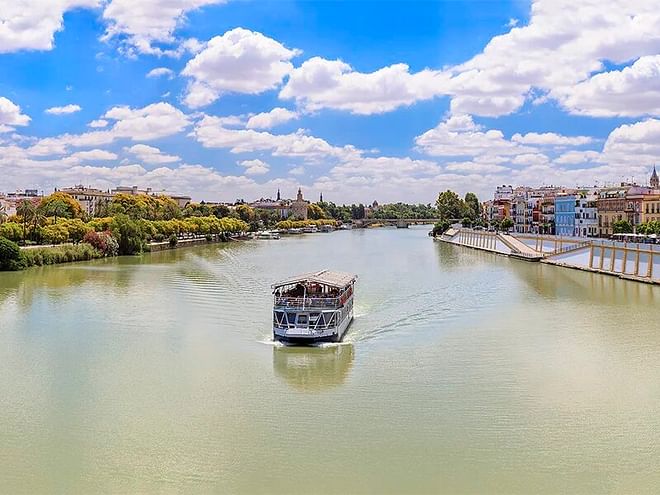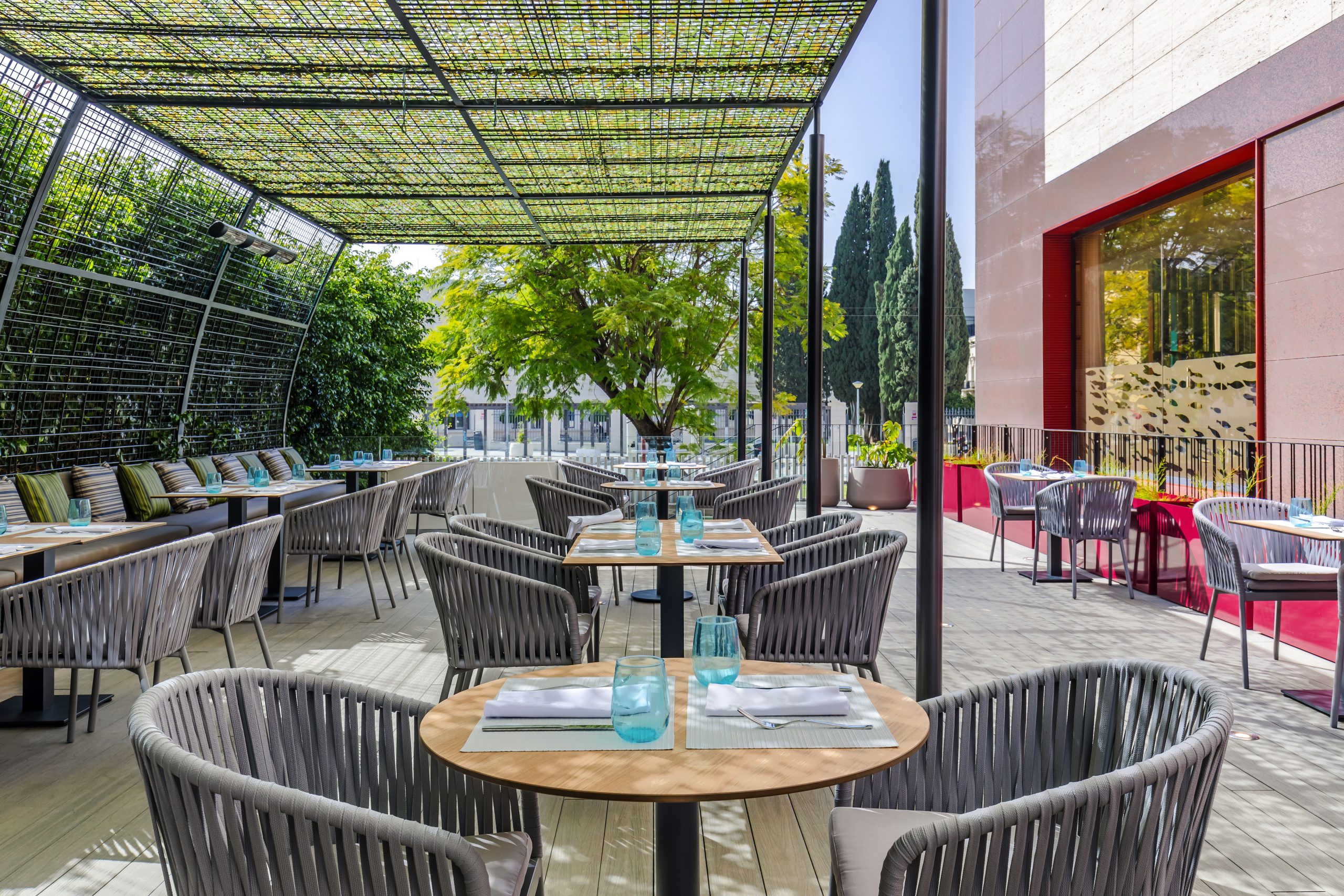The Sierra de Aracena is known for its whitewashed villages with a deep local feel: Jabugo, Cumbres Mayores, Linares de la Sierra, Zufre, Alájar, Cortegana, Almonaster la Real, and Aracena itself. They are all set in a striking natural habitat: Sierra de Aracena and Picos de Aroche Natural Park. This protected area has unique features, primarily linked to the livestock living in the region’s pastures: the Iberian pig, or the sought-after pata negra (black hoof).
Location and description of the Sierra de Aracena
The Sierra de Aracena can be found in the northern part of the Huelva province, approximately 100 kilometres west of Seville. Meadow landscapes predominate in this area with low mountains. In these small hills and valleys where holm oaks and cork oaks grow, their fruit (acorns) and the abundant surrounding vegetation provide food for the varied fauna.
The region is comprised by nearly 30 municipalities, including villages that are known for their heritage and beautiful scenery, such as:
- Aracena: This town dominates most of the surrounding area with its thirteenth-century castle and also features the Gruta de las Maravillas, a cave with extraordinary geological formations.
- Linares de la Sierra: Tucked away on the mountain slope, the doors of its bright white homes are decorated with remarkable mosaics.
- Almonaster la Real: Known for its peaceful atmosphere and its meticulously protected historical heritage.
- Aroche: Aside from the picturesque scenery at the bottom of the peaks with the same name, this village is home to Turóbriga, a valuable Roman archaeological site.
- Higuera de la Sierra: Famous for its Three Kings’ parade and because it is the starting point for many hiking trails through the Sierra de Aracena.
- Cortegana: The walls of King Sancho IV’s castle remain standing in this municipality, which is one of the largest in the region.
Sierra de Aracena Natural Park
This protected area, whose full name is Sierra de Aracena and Picos de Aroche Natural Park, covers more than 185,000 hectares. The highest peak is Cerro del Castaño, standing at 962 metres.
In addition to holm oaks and cork oaks, other tree species line these mountains, including oaks, Pyrenean oaks and chestnut trees. Along the stretches near rivers, it is common to see black poplars, ash, willows and alder trees, as well as brambles and other ramblers.
As far as the fauna, the local star is, as mentioned earlier, the Iberian pig, which can be found grazing the meadows semi-freely. However, many other mammals also live in this protected area. In fact, patient observers can catch sight of Egyptian mongooses, genets and even otters. The array of bird species is even more spectacular. The park’s skies are filled with vultures, kites and black storks, among many other species.
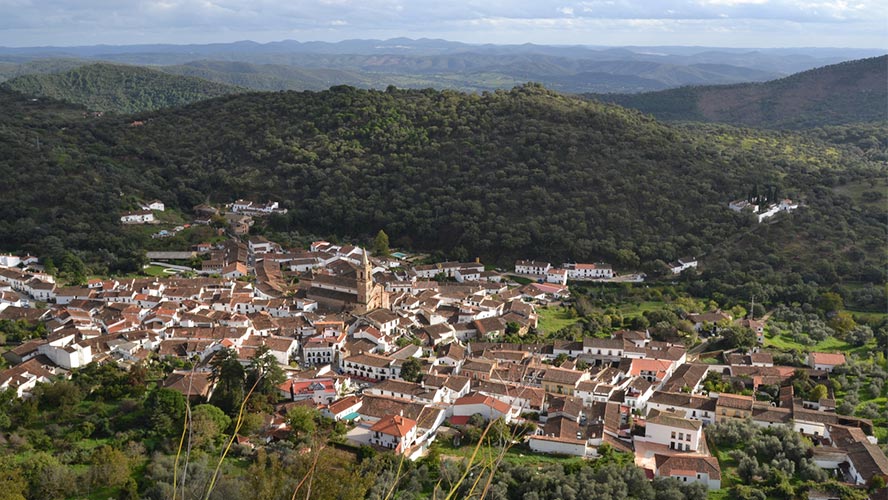
Picos de Aroche
The Picos de Aroche (or Peñas de Aroche), located in the municipality they are named after, represent one of the most unique aspects of Sierra de Aracena Natural Park, particularly due to their appearance and geology, made up of ravines and large granite blocks. This typical batholithic landscape covered in rock rose is the perfect nesting ground for black vultures.
In light of the abundance of other bird species, this area has been classified as a Special Protection Area for Birds (ZEPA in Spanish). Some of these species are golden eagles, short-toed snake eagles and booted eagles, in addition to turtledoves and black storks.
Wild boars, otters and even Iberian lynxes can regularly be seen in the area as well. This is no surprise since these mountains are the foothills of the Sierra Morena, which has the highest concentration of these felines, a symbol of nature conservation in the Iberian Peninsula.
Black hoof paradise
However, as mentioned earlier, the most important animal species in the Sierra de Aracena is the Iberian pig. It spends most of winter and early spring grazing in the region’s meadows. During those months, referred to as montanera (the weight-gain season), these animals feed off of the many acorns found on the ground or knocked off trees.
The result, as we all know, is a high-quality meat with a specific, defined flavour (the intermingled fat transforms it into an exquisite delicacy), and hams are the leading products.
However, aside from how the pigs are raised and the specific attributes of the Iberian breed, the process for curing the ham and other meat products in the local facilities, such as those found in Jabugo and Cumbres Mayores, is just as important. Time (sometimes even years), the climate and the air of the Sierra Aracena play a key role in this system.





























































